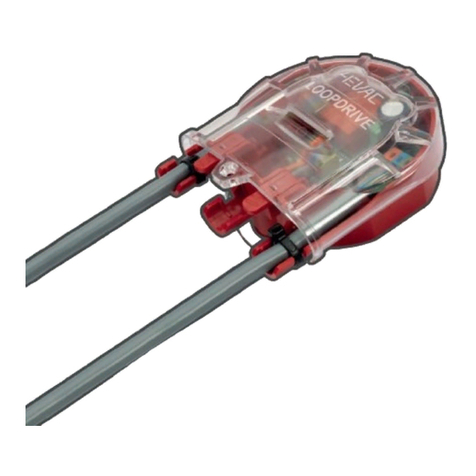
Hacousto Holland bv
Industrieweg 87
2651BC Berkel & Rodenrijs
Page 2 of 14
Table of Contents
1.!General information ............................................................................................................................................................. 3!
2.!Front indicators ...................................................................................................................................................................... 3!
!POWER ........................................................................................................................................................................... 3!
!EVAC ................................................................................................................................................................................ 4!
!GENERAL FAULT .......................................................................................................................................................... 4!
!POWER SUPPLY FAULT ............................................................................................................................................. 4!
!SYSTEM FAULT ............................................................................................................................................................. 4!
!NETWORK FAULT ........................................................................................................................................................ 5!
3.!Front buttons .......................................................................................................................................................................... 5!
!SILENCE .......................................................................................................................................................................... 5!
!LAMP TEST .................................................................................................................................................................... 5!
!EVAC ................................................................................................................................................................................ 5!
!ALERT .............................................................................................................................................................................. 5!
!RESET ............................................................................................................................................................................... 5!
4.!Back panel ............................................................................................................................................................................... 6!
!Analog audio inputs ................................................................................................................................................... 6!
!AMP LINK ....................................................................................................................................................................... 6!
!Local network ................................................................................................................................................................ 7!
!Global network ............................................................................................................................................................. 8!
!Ethernet (option) ......................................................................................................................................................... 9!
!Device ID ........................................................................................................................................................................ 9!
!Micro SD card ............................................................................................................................................................... 9!
!CAL button .................................................................................................................................................................... 9!
!RESET button ................................................................................................................................................................ 9!
!GPO ................................................................................................................................................................................. 9!
!Relay outputs ............................................................................................................................................................... 10!
4.11.1.!EVAC ................................................................................................................................................................. 10!
4.11.2.!FAULT ..................................................................................................................................................... 10!
4.11.3.!RESET ...................................................................................................................................................... 10!
4.11.4.!USR DEF ................................................................................................................................................. 10!
!EVAC inputs ................................................................................................................................................................. 10!
5.!Connections and recommended cable types ............................................................................................................. 11!
6.!Technical specifications ...................................................................................................................................................... 12!































